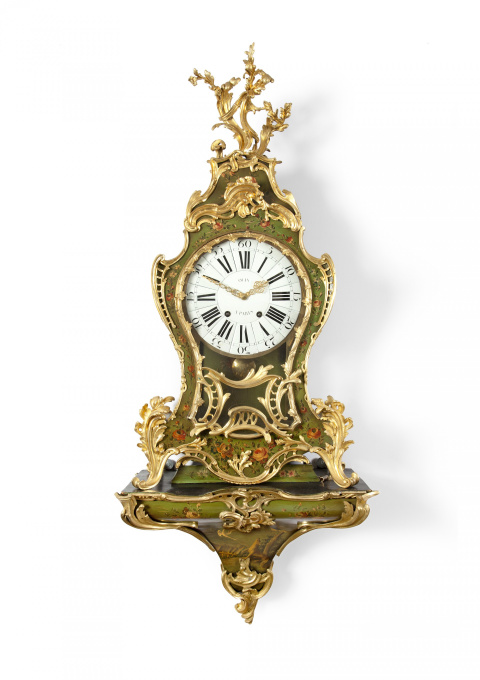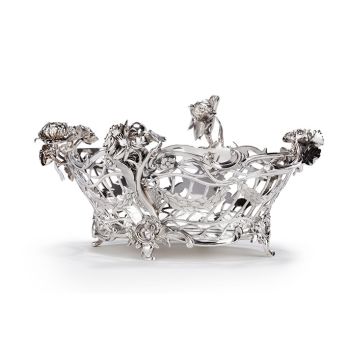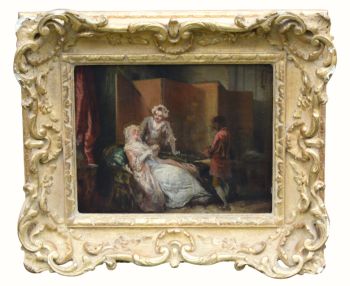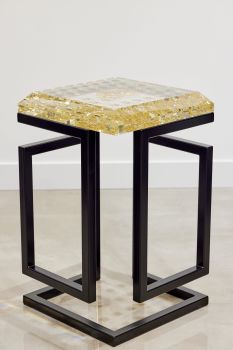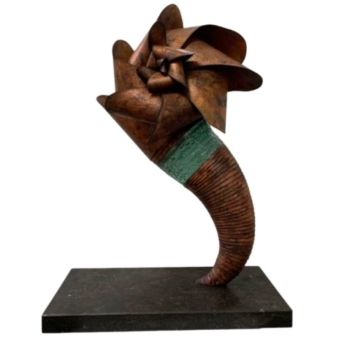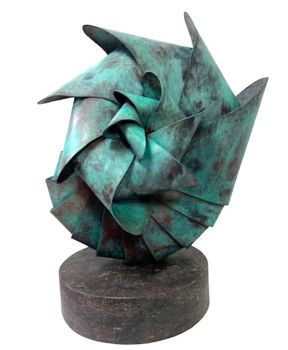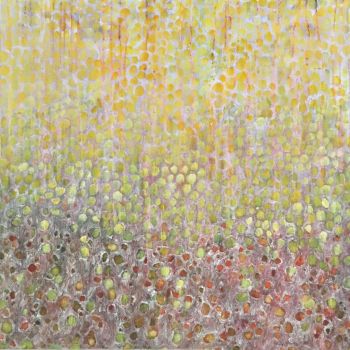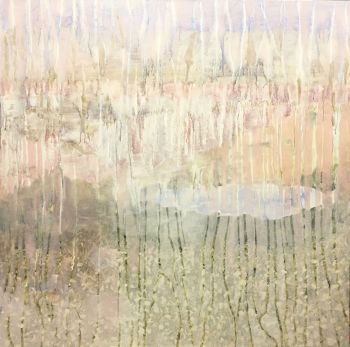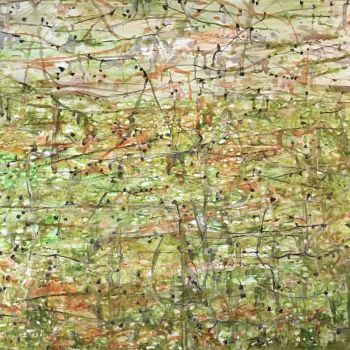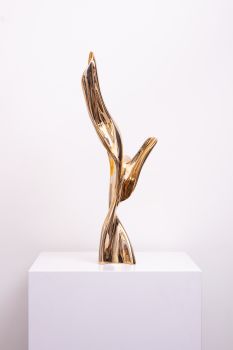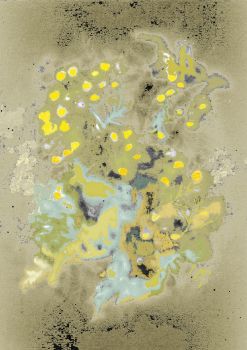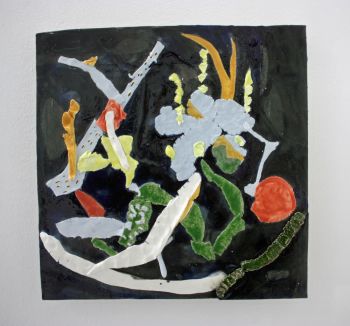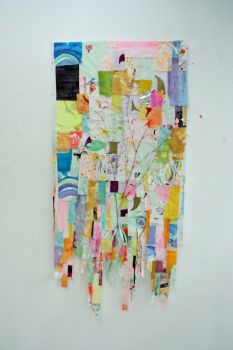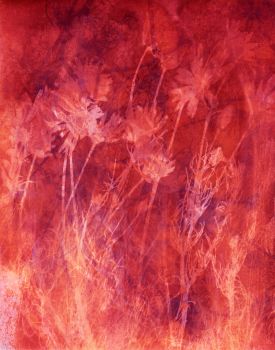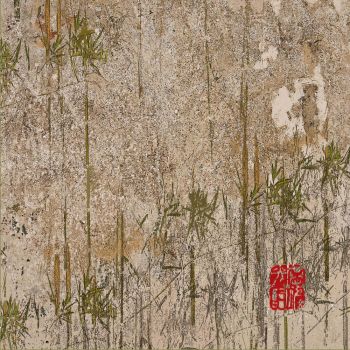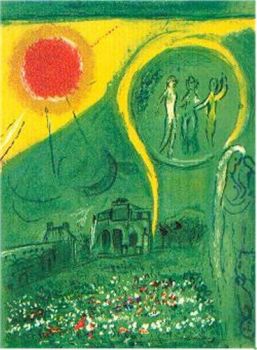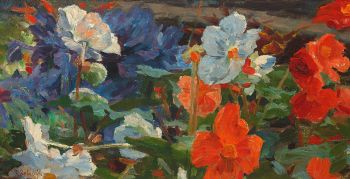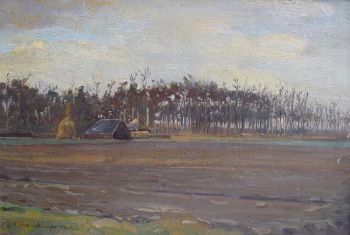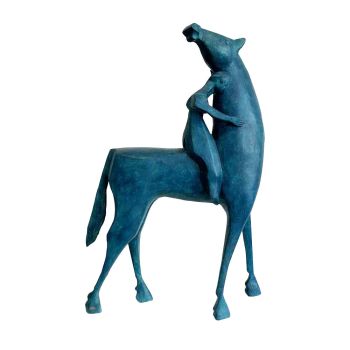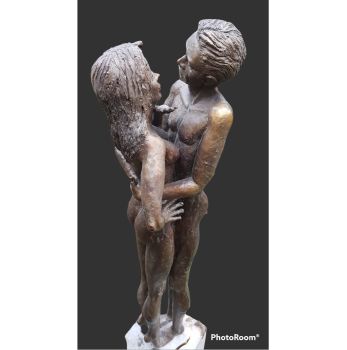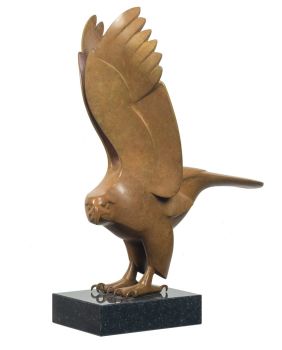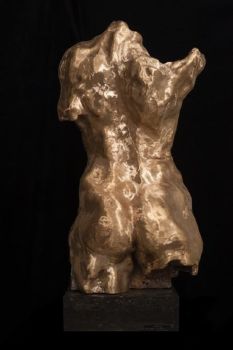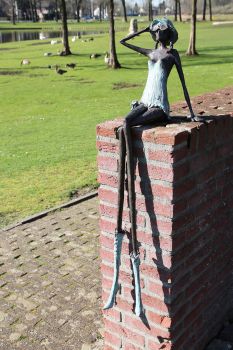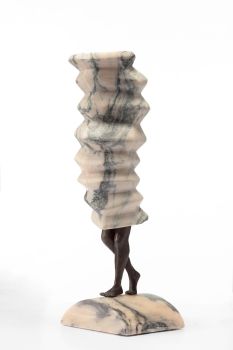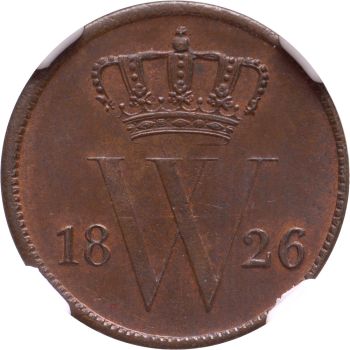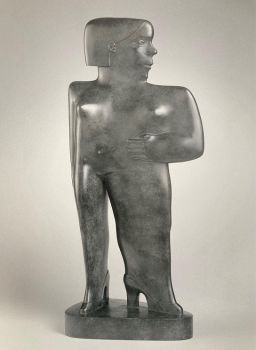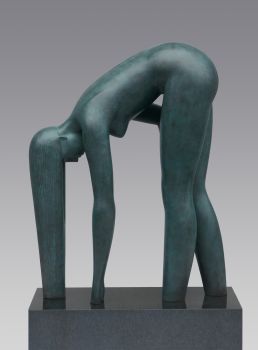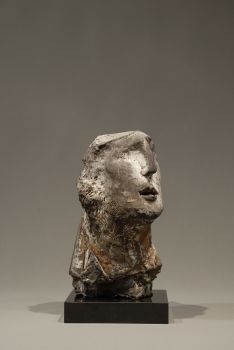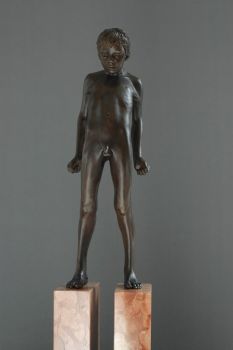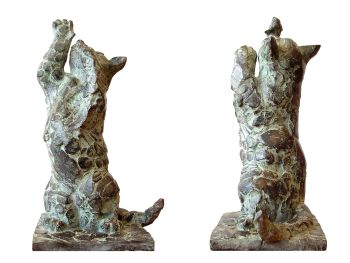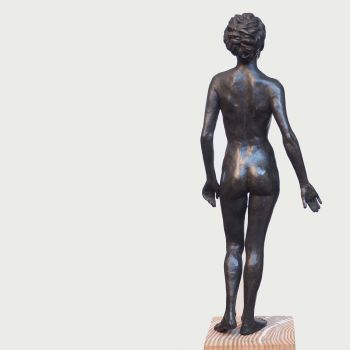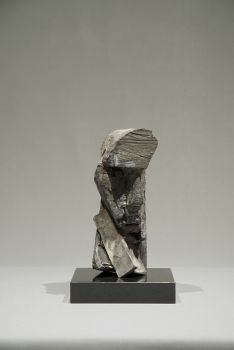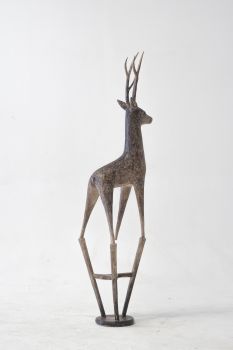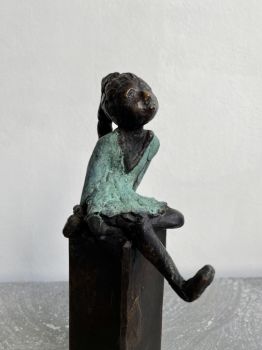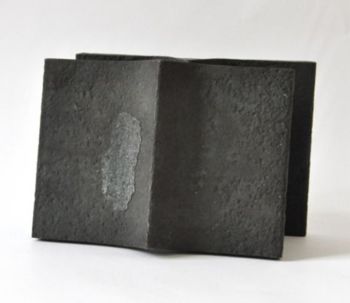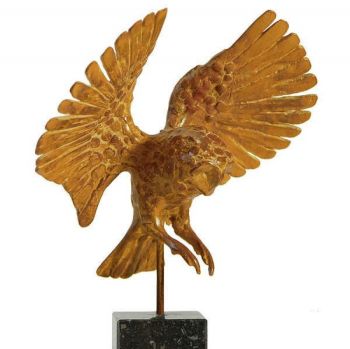A Louis Quinze Console Clock 'Grand Cartel' late 18th
Jean-Charles Olin
BronzeGoldMetalEnamelGilt
150 ⨯ 61 ⨯ 30 cm
Currently unavailable via Gallerease
- About the artworkA LOUIS XV CONSOLE CLOCK ‘GRAND CARTEL’
signed on the dial ‘olin à paris’ | 3rd quarter 18th century | 150 x 61 x 30 cm
A Louis XV ormolu mounted vernis Martin console clock, ‘grand cartel’, signed on the white dial ‘olin à paris’. White enamel chapters surround the centre pierced ormolu hands. The case is decorated overall Vernis Martin with flowers and on the console is depicted a scene taken from ‘Fables de La Fontaine’, ‘Le coq et le renard’.
In French interior design, vernis Martin is a type of imitation lacquer named after the French brothers Guillaume and Etienne-Simon Martin. It imitated Chinese lacquer and European subjects and was applied to a wide variety of items, from furniture to coaches. It is said to have been made by heating oil and copal and then adding Venetian turpentine.
Jean-Charles Olin’s (d. after 1789) name is associated with a number of examples. Notably a Louis XV gilt bronze mounted Meissen porcelain pendule ‘à l’éléphant’ in the Rijksmuseum, Amsterdam and another clock housed at Schloss La Fasanerie, Fulda. Olin first worked as an ouvrier libre but was received as a maître-horloger in October 1776. He served as deputé of his guild later in 1777. Olin used some of the best Parisian case makers. They included the ébéniste Antoine Foullet, the ébéniste doreur Jean Goyer and the esteemed bronzier Jean-Joseph de Saint-Germain.
Jean de La Fontaine was a French poet and fabulist, who lived and worked during the 17th century. For special contributions to French literature he was elected to the French Academy of Sciences in 1684. Published in 1668, the collection of fables brought La Fontaine international fame. The works of the ancient Greeks, Indian storytellers, other fabulists and folk tales about animals serve as a source of inspiration for the author. Drawing motives from these works, La Fontaine brought new life to the fable genre. - About the artistJean-Charles Olin (d. after 1789) was one of the most important Parisian clockmakers of the late 18th century. The brother-in-law of clockmaker Jean-Gabriel Imbert, he initially worked independently, then became a master in 1776 and opened his own workshop in the enclos des Quinze-Vingts. With a rapidly growing reputation, in 1777 he was elected deputy of his corporation. Like the best clockmakers of his time, he looked to the finest bronziers for his clock cases, including Antoine Foullet, Robert Osmond and Jean-Joseph de Saint-Germain. His clocks were acquired by some of the most important 18th century collectors. Clocks by Olin are mentioned in the probate inventories of lawyer Jacques-Augustin Auvray, de Marie-Philippe Donneau, marquis de Visé, and the widow of the King’s secretary Louis Paris de Treffonds.
Artwork details
Category
Subject
Style
Material & Technique
Colour
Related artworks
- 1 - 4 / 17
Unknown artist
AN IVORY NETSUKE OF A DUTCHMAN FROLICKING WITH A SMALL BOY18th century
Price on requestZebregs & Röell - Fine Art - Antiques
Unknown artist
Japanese transition-style lacquer coffer 1640 - 1650
Price on requestZebregs & Röell - Fine Art - Antiques
1 - 4 / 24- 1 - 4 / 24
- 1 - 4 / 24

